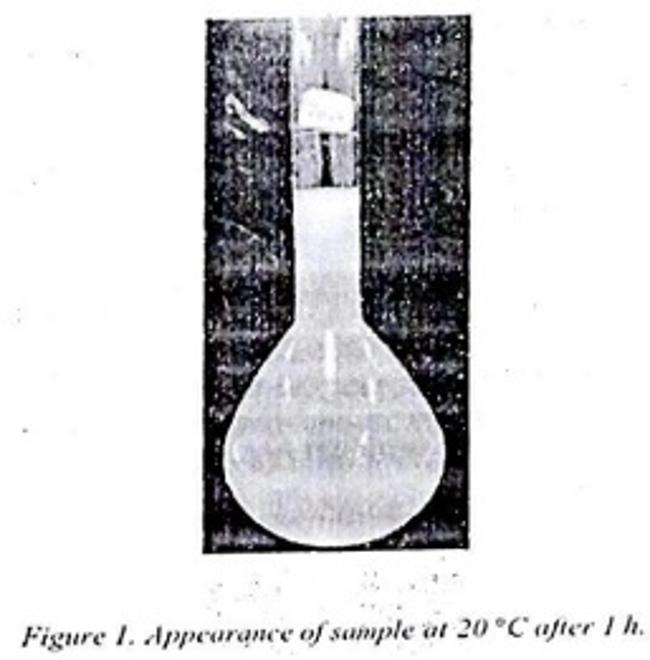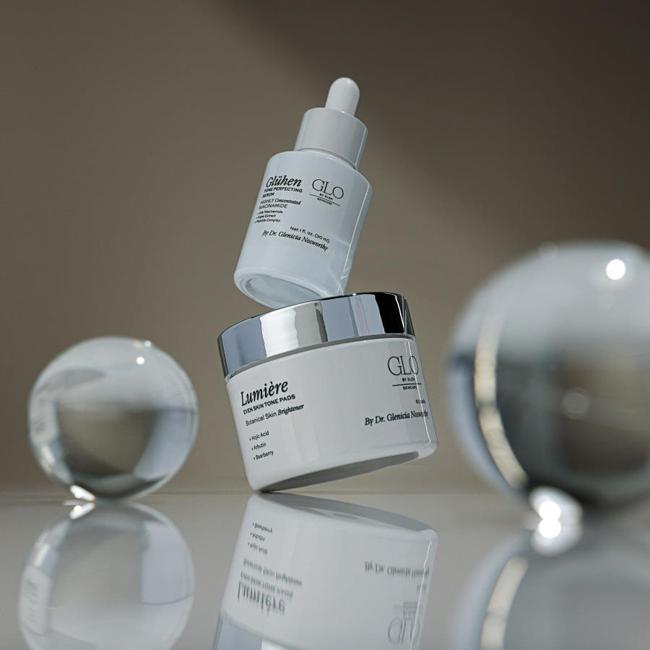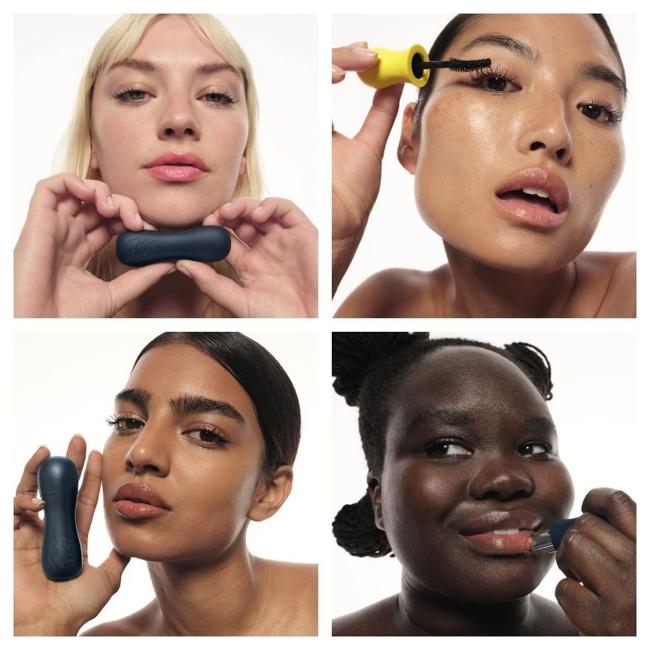Summary
Become a Premium member to Download. If you are already a Premium member, Login here to access.
Source: Tax Guru

AI News Q&A (Free Content)
Q1: What are Fatty Alcohol Ethoxylates and how are they classified under the CAAR ruling?
A1: Fatty Alcohol Ethoxylates are non-ionic surfactants formed through the ethoxylation of fatty alcohols, which are long-chain alcohols derived from natural fats and oils. According to the Customs Authority for Advance Rulings (CAAR) in Mumbai, these substances are classified under CTI 3402 4200, addressing their tariff and exemption status.
Q2: How are Fatty Alcohol Ethoxylates used in the cosmetic industry, and what are their benefits?
A2: Fatty Alcohol Ethoxylates are used as surfactants in cosmetics, playing a crucial role in mixing oil and water, forming foam, and aiding in the removal of dirt. They are valued for their ability to enhance the stability and efficacy of cosmetic formulations, making them widely used in skincare and personal care products.
Q3: What are the environmental and health concerns associated with Fatty Alcohol Ethoxylates?
A3: While Fatty Alcohol Ethoxylates are effective surfactants, their environmental impact and potential health risks are concerning. Studies show that although they have lower environmental impact compared to some other surfactants, they can still disrupt aquatic ecosystems and accumulate in water sources, posing challenges to sustainable development.
Q4: What recent research has been conducted on the stability of formulations containing Fatty Alcohol Ethoxylates?
A4: Recent computer simulations have investigated the stability of ternary systems containing fatty alcohols, cetrimide, and water. The research suggests that mixed alcohol systems are more stable than pure ones due to the higher configurational entropy associated with the mismatch in alkyl chain lengths.
Q5: How do Fatty Alcohol Ethoxylates compare to other surfactants in terms of toxicity and biodegradability?
A5: Fatty Alcohol Ethoxylates generally show lower toxicity levels than some anionic surfactants. In terms of biodegradability, they often meet or approach mineralization thresholds, although the addition of nanoparticles can reduce biodegradation efficacy, which is crucial for mitigating their environmental impact.
Q6: What advancements have been made in reducing the skin irritation potential of products containing Fatty Alcohol Ethoxylates?
A6: Recent studies have focused on optimizing formulations by combining Fatty Alcohol Ethoxylates with silica nanoparticles, which have been found to reduce skin irritation potential. This highlights their potential for creating safer personal care products.
Q7: What are the broader industrial applications of Fatty Alcohol Ethoxylates beyond cosmetics?
A7: Beyond cosmetics, Fatty Alcohol Ethoxylates are used in various industrial applications, including detergents and cleaning agents, due to their effectiveness as emulsifiers, wetting agents, and dispersants. Their versatility makes them integral to numerous formulations across industries.
References:
- https://sjexim.services/2025/02/05/customs-advance-ruling-mumbai-bench-allows-classification-with-exemption-on-imported-fatty-alcohol-ethoxylates
- Investigating molecular mechanism for the stability of ternary systems containing cetrimide, fatty alcohol and water by using computer simulation
- Optimization of Toxicity, Biodegradability, and Skin Irritation in Formulations Containing Mixtures of Anionic and Nonionic Surfactants Combined with Silica Nanoparticles.





